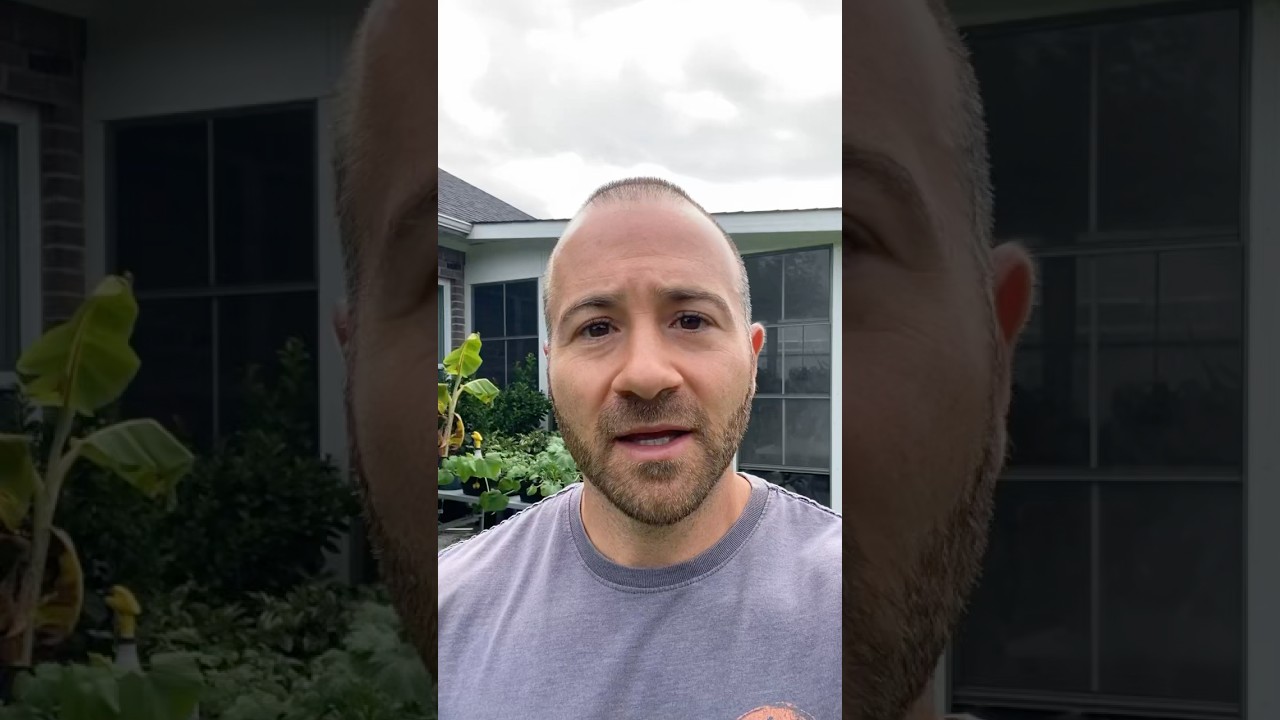It’s time for you to get your garden ready for August. As the peak of summer, this month calls for thoughtful adjustments to keep your plants healthy and thriving. Let’s explore how you can smoothly transition your garden for the month ahead and enjoy a vibrant, productive outdoor space.
Introduction
As August sweeps in with a sultry breeze and a sun that seems to have a flair for dramatic effect, it’s clear that the garden—our personal Eden—is demanding a bit of a shake-up. If you’re like me, with patches of basil that have become rebellious and marigolds that blink at you as if they’re curiously unimpressed by your gardening finesse, then listen up. This is the moment to transition your garden for August—not a mere watering routine, but a strategic, almost anticipatory shift that boosts growth, teases out blooms, and keeps your thumb just shy of being black. Think of it as a garden makeover, but one fueled by necessity and a smidgeon of your own horticultural flair.
August is the grand finale of summer, a time when your plants either thrive, survive, or—let’s face it—whimper politely in the corner. With the days growing shorter and the nights noticeably cooler, now’s your chance to step in like a nurturing director behind the scenes, ensuring your garden doesn’t just weather the changing seasons but boldly produces the last, glorious acts of its growing season. Plus, a well-timed transition keeps pests at bay, prevents fungal drama, and may even help you dodge that inevitable overgrown jungle that waits just around the corner.
By reimagining your garden in August, you’re not simply reacting to the changing weather—you’re collaborating with it. You can use GPT-4 to enhance your productivity and creativity, whether that’s generating innovative planting plans or getting clever tips on garden protection. From pruning strategies to soil amendments, this is your period of transformation—your chance to align your patch of earth with the shimmering promise of late summer and early autumn. So, grab your gardening gloves, your sense of humor, and a little bit of digital help, because this August, your garden’s transition isn’t just a task; it’s a full-blown act of botanical rebellion.
Preparing Your Garden for the August Transition
Picture this: your garden as a grand, slightly disheveled ballroom, still holding onto remnants of summer’s party—a few wizened marigolds, tomato plants that stubbornly refuse to give up, and basil leaves that dance lazily in the sun. The first step in this August garden overhaul is reconnaissance—taking stock of what’s thriving, what’s exhausted, and what’s finally reached the point of “well, it was fun while it lasted.” You want to identify your garden’s unsung heroes and its overzealous attempts at growing everything in sight.
Once you’ve done a mental walk-through, the real work begins. It’s the perfect time to clear out the dead or dying plants, those stubborn remnants of what once was a lush summer paradise. Think of it as decluttering your digital files—only it’s for your garden. Remove those tattered leaves and spent blossoms, and prepare the soil for what comes next. This is where GPT-4 can be your secret weapon—helping you generate tailored composting tips or suggesting organic soil amendments that turn tired earth into fertile promise. The idea is to give your garden a fresh start, ready for the late bloomers and a new growth spurt.
Now, consider the importance of watering wisely. August’s heat can be unrelenting, and overwatering can do more harm than good—leading to root rot or inviting fungal intruders. It’s about balance. You can use GPT-4 to find the latest research on optimal watering schedules or even set up alarms to remind you when to hydrate specific plants. Remember, this isn’t just about watering; it’s about nurturing a delicate ecosystem that respects the signals your garden is giving. By prepping your soil and plants now, you’re setting the stage for a stunning, sustainable transition.
Strategic Planting and Garden Adjustments
As your garden begins to sigh in relief from the initial frantic summer growth, it’s time to get strategic. August is the perfect “rearrangement” period—an opportunity to add new plants that will flourish in the coming cooler months, or to pivot existing ones so they can finish strong. Think of this like a department store changing window displays; you need to be both creative and pragmatic.
For instance, consider planting hardy greens like kale or spinach that thrive in the cooler breeze on the horizon. You can leverage GPT-4 to explore companion planting ideas that maximize space and pest control—say, marigolds with your tomatoes to deter pests naturally or basil interplanted with peppers for a flavorful, pest-resistant duo. It’s like giving your garden a mini renovation, with the added benefit that these plants are often easier to maintain and more resistant to late-summer stressors.
In addition, this is the phase to tweak your garden layout and support structures. Perhaps your tomato cages have seen better days, or your climbing beans need a better trellis. It’s all about aligning your physical space with your newfound planting ambitions. Reinforce or install new supports, add mulch to retain moisture, and consider some cover crops to enrich the soil naturally—stuff GPT-4 can help you plan with insights on soil testing and organic amendments. All of this elevates your garden from a haphazard patch to a carefully curated space that supports rich, resilient growth through August and beyond.
Extending the Growing Season with August Gardening Hacks
Many gardeners fret about the coming winter, but August isn’t just a town on the calendar—it’s a battleground for extending your growing season, even if just a little. The trick is in the timing and clever use of in-ground modifications to protect your favorite plants from an early frost or the onslaught of September’s unpredictable weather. Here’s where your ingenuity and that digital assistant can truly shine, helping you stay ahead of the seasonal curveball.
One effective tactic is to start hardening off plants that you plan to move indoors or into protected beds. Gradually exposing seedlings to outdoor conditions fortifies them against shock, and GPT-4 can guide you through the delicate process. Using smart tips, you can set up mini-greenhouses or cloches, which act like cozy blankets for your plants against chilly nights. It’s almost like tucking them in for a good night’s sleep—except these are your little green soldiers preparing for the cold front ahead.
Furthermore, consider using row covers or frost blankets for your most delicate blooms—your cucumbers and fresh herbs. These simple, yet potent, barriers give your garden an extra layer of defense and allow you to harvest a little longer. Take advantage of GPT-4’s insights to determine the right materials and coverage times, ensuring that your efforts aren’t just a brave gesture but a calculated maneuver. Summer isn’t over until you say so, and with a bit of planning, you can squeeze out that last burst of seasonal bounty, defying the calendar’s whisper of farewell.
Frequently Asked Questions
How can I use GPT-4 to plan my August garden transition?
GPT-4 can assist by generating personalized planting schedules based on your climate zone, suggesting optimal plant combinations, and providing detailed tips for soil preparation and pest management. It can help you brainstorm creative layouts and suggest eco-friendly pest deterrents, making your garden both beautiful and resilient. Whether you need to design a fall crop rotation or figure out which plants are best to prune, GPT-4Answer provides tailored advice that takes the guesswork out of garden planning.
What are the best plants to include in an August garden transition?
August is an excellent time to introduce hardy greens like kale, chard, and spinach that can grow quickly in cooler weather. You might also add late-season flowers such as asters, goldenrod, or chrysanthemums to extend your garden’s visual appeal. Think about plants that are resilient enough to withstand the fading summer heat but responsive to the transition into autumn, contributing both to your diet and your garden’s aesthetic.
How do I protect my garden from early frosts?
Using frost blankets, row covers, or cloches over your sensitive plants can create a microclimate that shields them from early chilly nights. Additionally, employing strategies like reducing watering to prevent fungal growth, and gradually hardening off seedlings before moving them outdoors keeps plants strong. Consulting GPT-4 for specific timing based on your local weather patterns ensures you’re not caught off guard when the first frost whispers its arrival.
Can I extend my growing season in August?
Absolutely. With the right precautions—such as covering plants, using cold frames, or installing mini-greenhouses—you can harvest late into the season. August is a perfect opportunity to experiment with techniques that create a slightly warmer microenvironment, giving tender plants a fighting chance. GPT-4 can provide detailed guidance tailored to your region, helping you maximize your harvest even as the days grow shorter.
How do I decide what to remove and what to keep in my garden?
A good rule of thumb is to remove plants that are past their prime, showing signs of disease, or overly exhausted from the summer heat. Keep and nurture those with healthy stems and green foliage, especially perennials or shrubs that will brighten up your fall garden. GPT-4 can help you identify signs of plant stress or disease, and suggest specific pruning techniques to revitalize your garden’s structure and health.
Final Thoughts
Transforming your garden for August isn’t just a chore—it’s a celebration of what’s possible in the waning days of summer. It’s about patience, ingenuity, and a dash of digital support to make those subtle, yet significant, shifts that can turn a tired patch into a robust, glowing tribute to the growing season. Whether you’re a seasoned horticulturist or a weekend warrior with a watering can, this mid-summer moment beckons you to think ahead, act deliberately, and perhaps even enjoy the process a little more because, honestly, gardening is as much about discovery as it is about results.
As you prepare your plants for the cooler days and chase the last rays of summer sun, remember that each leaf and stem bears the story of your care. Using GPT-4 to enhance your productivity and creativity is like having a seasoned gardener standing right beside you—ready with tips, insights, and clever ideas. So, embrace the transition, revel in the chaos of it all, and look forward to a September that’s just a little richer, a little greener, and entirely yours. After all, even in the twilight of summer, there’s a whole world of growth waiting just around the corner.

